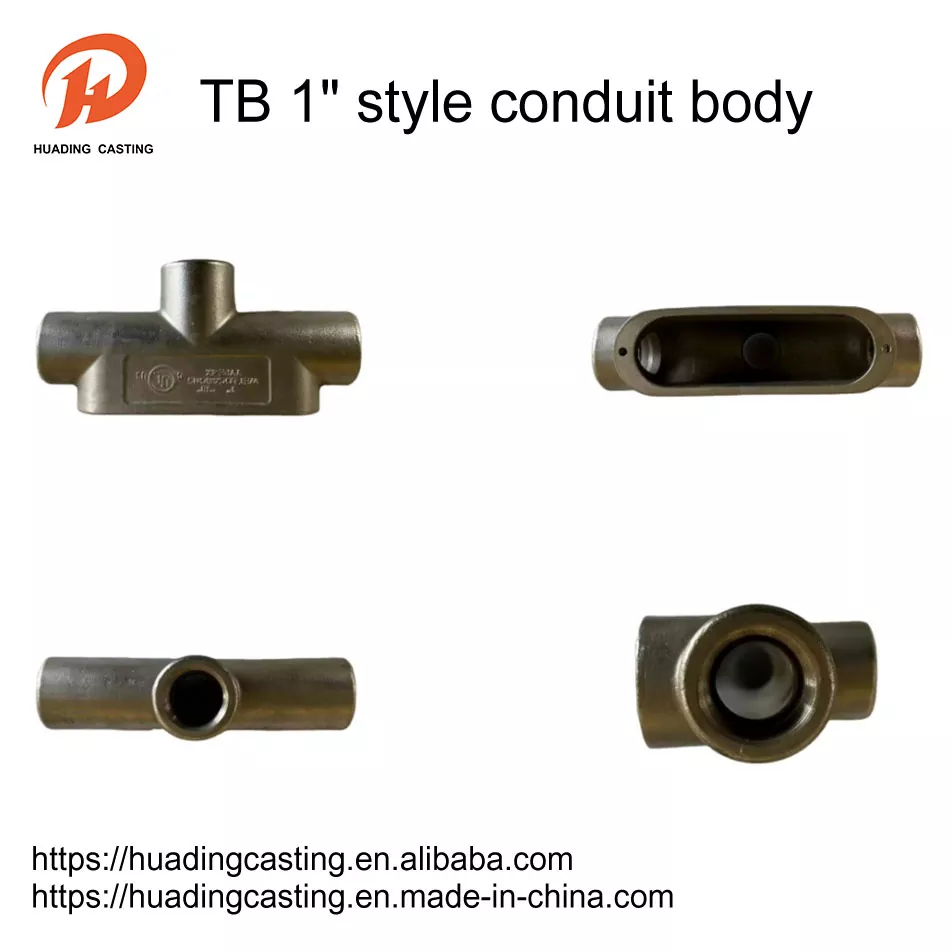
- English
- Afrikaans
- беларускі
- Hrvatski
- Bosanski
- Монгол хэл
- IsiXhosa
- Zulu
- Hawaiian
- Lëtzebuergesch
- Español
- Português
- русский
- Français
- 日本語
- Deutsch
- tiếng Việt
- Italiano
- Nederlands
- ภาษาไทย
- Polski
- 한국어
- Svenska
- magyar
- Malay
- বাংলা ভাষার
- Dansk
- Suomi
- हिन्दी
- Pilipino
- Türkçe
- Gaeilge
- العربية
- Indonesia
- Norsk
- تمل
- český
- ελληνικά
- український
- فارسی
- नेपाली
- български
- ລາວ
- Latine
- Қазақша
- Euskal
- Eesti Keel
- Română
- Slovenski
- Srpski језик
What Are The Steps in The Casting Process?
2025-04-30
Investment casting, also known as lost-wax casting, is a manufacturing process that has been utilized for centuries to produce intricate and precise metal components. This method is renowned for its ability to create complex shapes with exceptional surface finish and dimensional accuracy. In today's industrial landscape, the investment casting process plays a pivotal role in producing components for various sectors, including aerospace, automotive, and medical devices. Understanding the steps involved in the casting process is essential for manufacturers aiming to optimize production and enhance product quality. This article delves deep into the investment casting process, exploring each step in detail and highlighting the advantages of this timeless manufacturing technique. For an in-depth look at the products resulting from this process, you may refer to the investment casting products offered by leading manufacturers.
Understanding Investment Casting
Investment casting is a precision casting process that allows for the production of components with tight tolerances and complex geometries. But what is investment casting? At its core, it involves creating a wax pattern that is an exact replica of the desired part. This pattern is then coated with refractory ceramic material to form a mold. Once the mold is prepared, molten metal is poured into it, creating the final metal component upon solidification. The versatility of this process makes it suitable for producing a wide range of investment casting examples, from small intricate parts to large complex components.
Historical Background
The origins of investment casting date back thousands of years. Ancient civilizations used this method to create jewelry, idols, and art pieces. Over time, the process has evolved, incorporating advanced materials and technologies to enhance precision and efficiency. Today's investment casting techniques are a culmination of centuries of refinement, allowing manufacturers to meet the stringent demands of modern industries.
The Investment Casting Process Diagram
Understanding the investment casting process is greatly aided by visual representations. An investment casting process diagram typically illustrates each step from pattern creation to final product finishing. The key steps can be summarized as follows:
Pattern Creation
Assembly into a Tree
Mold Formation
Wax Removal
Metal Pouring
Mold Breakout
Finishing Processes

Each of these steps is critical to ensuring the quality and integrity of the final cast product. In the following sections, we will delve deeper into each stage, providing detailed insights and considerations.
Step 1: Pattern Creation
The initial phase involves creating a wax pattern that duplicates the geometry of the desired final part. This wax pattern is typically produced using injection molding techniques, where molten wax is injected into a metal die designed to form the exact shape of the part. The precision of this die is paramount, as any imperfections will be mirrored in the final casting. Modern advancements have seen the introduction of 3D printing technologies in pattern creation, allowing for rapid prototyping and complex geometries that were once challenging to produce.
Material Selection for Patterns
The choice of wax or other pattern materials is influenced by factors such as melting point, thermal expansion, and dimensional stability. High-quality waxes ensure minimal defects and ease of removal during the mold formation stage. In some cases, plastic or frozen mercury patterns are used for specific applications.
Step 2: Assembly into a Tree
Individual wax patterns are assembled onto a central wax sprue to form a tree-like structure. This assembly allows multiple parts to be cast simultaneously, improving efficiency and reducing material wastage. The arrangement must ensure adequate spacing between parts to prevent defects resulting from metal turbulence or incomplete filling.
Design Considerations
Engineers must account for factors such as metal flow, solidification patterns, and potential shrinkage. Proper gating systems are designed to facilitate smooth metal flow and adequate feeding during solidification. Computational fluid dynamics (CFD) simulations are often employed to optimize the assembly design.
Step 3: Mold Formation
The assembled wax tree is dipped into a ceramic slurry, coated with fine refractory material, and allowed to dry. This process is repeated multiple times to build a robust ceramic shell capable of withstanding the thermal and mechanical stresses during metal pouring. The number of layers and the materials used can vary depending on the desired strength and thickness of the mold.
Drying and Curing
Proper drying is crucial to prevent defects such as cracks or spalling in the ceramic mold. Controlled environmental conditions, including temperature and humidity, are maintained to ensure uniform drying. Some manufacturers employ accelerating agents or controlled airflow systems to optimize the drying process.
Step 4: Wax Removal
Once the ceramic mold is fully formed and dried, the wax within is removed through a process known as dewaxing. This is typically achieved by placing the mold in an autoclave or furnace where heat causes the wax to melt and drain out, leaving behind a hollow cavity that replicates the desired part geometry.
Avoiding Mold Damage
Care must be taken to ensure that thermal shocks do not damage the ceramic mold during wax removal. Gradual temperature increases and the use of steam autoclaves help minimize stress on the mold. Additionally, capturing and reusing the wax contributes to sustainable manufacturing practices.
Step 5: Metal Pouring
The preheated ceramic mold is then ready for metal pouring. Molten metal, prepared to precise temperature specifications, is poured into the mold under gravity. In some cases, vacuum or pressure-assisted pouring is employed to enhance the filling of intricate geometries and reduce porosity.
Metal Selection and Preparation
A wide range of metals and alloys can be used in investment casting, including steel, aluminum, brass, and superalloys. The choice depends on the required mechanical properties and application of the final product. Metallurgical control during melting and pouring is vital to prevent contamination and ensure material integrity.
Step 6: Mold Breakout
After the metal has solidified, the ceramic mold is broken away to reveal the cast metal parts attached to the central sprue. This is accomplished through mechanical vibration, high-pressure water jets, or chemical dissolution. The removal process must be thorough to eliminate all ceramic residue, which can affect the quality of the finished part.
Safety Considerations
Operators must adhere to safety protocols during mold breakout due to the risks associated with dust exposure and mechanical equipment. Personal protective equipment (PPE) and proper ventilation systems are essential to maintain a safe working environment.
Step 7: Finishing Processes
The final step involves separating individual castings from the sprue, followed by various finishing processes. These processes may include grinding, machining, heat treatment, and surface finishing to meet the exact specifications and tolerances required.
Quality Control and Inspection
Non-destructive testing methods such as X-ray inspection, ultrasonic testing, and dye penetrant inspection are often employed to detect internal or surface defects. Implementing stringent quality control measures ensures that only components meeting the highest standards are delivered to customers.
If you are interested in our products or have any questions, please feel free to contact us and we will reply you within 24 hours.



